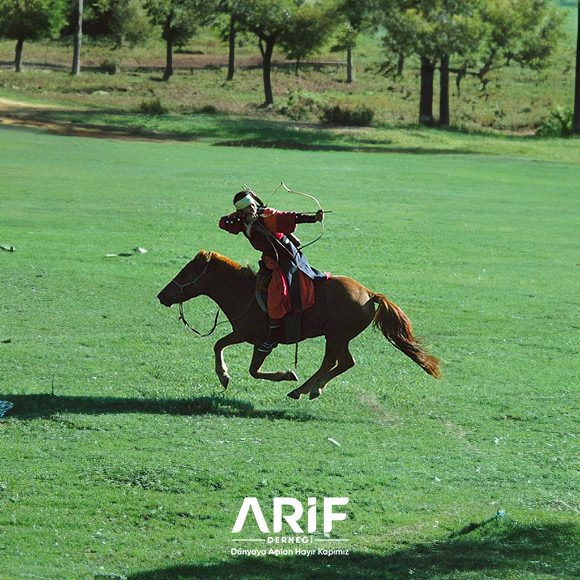Blog
Horses and Horsemanship In Sakha (Yakut) Culture

The horse is one of the indispensable elements of Turkish culture. In Sakha (Yakut) culture, the horse and horsemanship have held great significance, with motifs engraved in many places. The horse has always been a respected symbol, a valued entity that even shares graves.
Assoc. Prof. Dr. YURİY VASILYEV-CARGISTAY
The Sakha Turks live at the farthest reaches of the Turkic world, at the northernmost and easternmost point, in Siberia, on the shores of the Frozen Sea. The land they inhabit today is made up of vast forests, large mountains, expansive tundras, and frozen ground 1.5 km thick. Winter lasts for 8-9 months. In this land, the sun does not rise for months in winter, and in summer, it does not set at all. There is no other country on earth with a climate as harsh as Yakutia.
Yakutia is the land of diamonds, gold, silver, oil, natural gas, coal, iron, tin, and uranium. This vast land is home to 700,000 lakes and valuable game animals. The Lena River, one of the ten largest rivers in the world, is located in Yakutia, and its mouth, which flows into the ocean, is 15 km wide. The Sakha people, who live on this land, speak languages of Oghuz and Uighur origin, have rich folk literature, and hold beliefs dating back thousands of years.
The pride and symbol of the Sakha people are the sun, the horse, kumys (fermented mare’s milk), and the kopuz (a traditional stringed instrument). In Sakha culture, the horse is considered a sacred animal. According to Sakha beliefs, the god of horses, Cohogoy-Toyon, resides on the third tier of the nine-layered sacred sky, in the southeastern part. He protects the Sakha people and their horses.
Additionally, there are Olonho epics in Sakha culture, such as Duray-Bahadır, the son of the horse, and Atalamii-Bahadır, the son of the horse, in the Dolgan-Sakha regions.
Respect for the horse is often found in Sakha beliefs and rituals. For example, the Ihtax festival is the Sakha New Year and kumys festival. People who come here drink the strong kumys with pleasure and feast on horse meat. In Ihtax, many vessels are used to drink kumys made from mare’s milk. These vessels are made from wood, leather, and tree bark.
When we look at the importance given to horsemanship in Sakha culture and the whole geography of Central Asia, we better understand why the horse was domesticated in this region. To overcome the long distances of the endless steppes, it is only possible to do so on horseback; having such resilient horses is what enabled the development of horsemanship.
But what if the horse had not been domesticated?”
